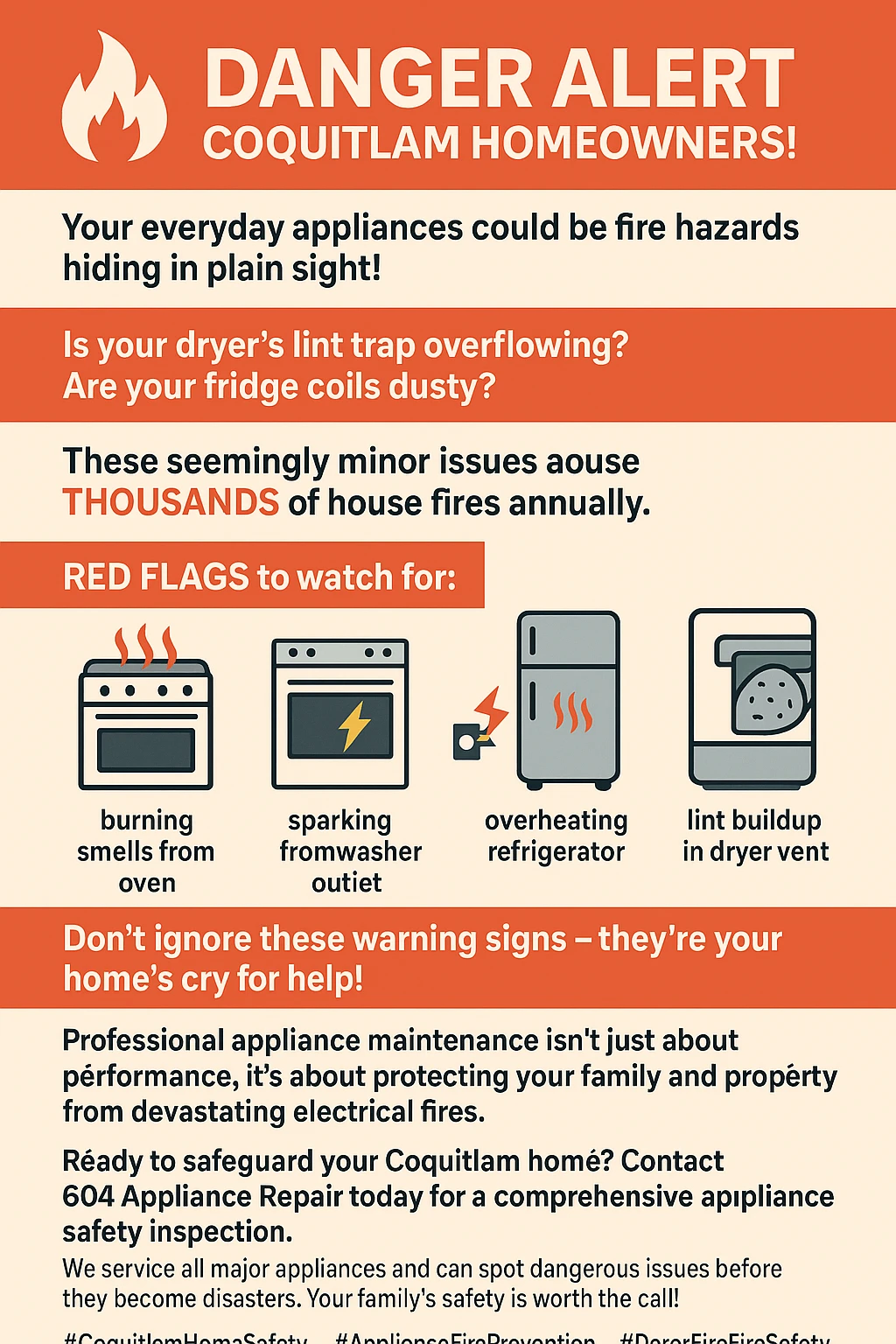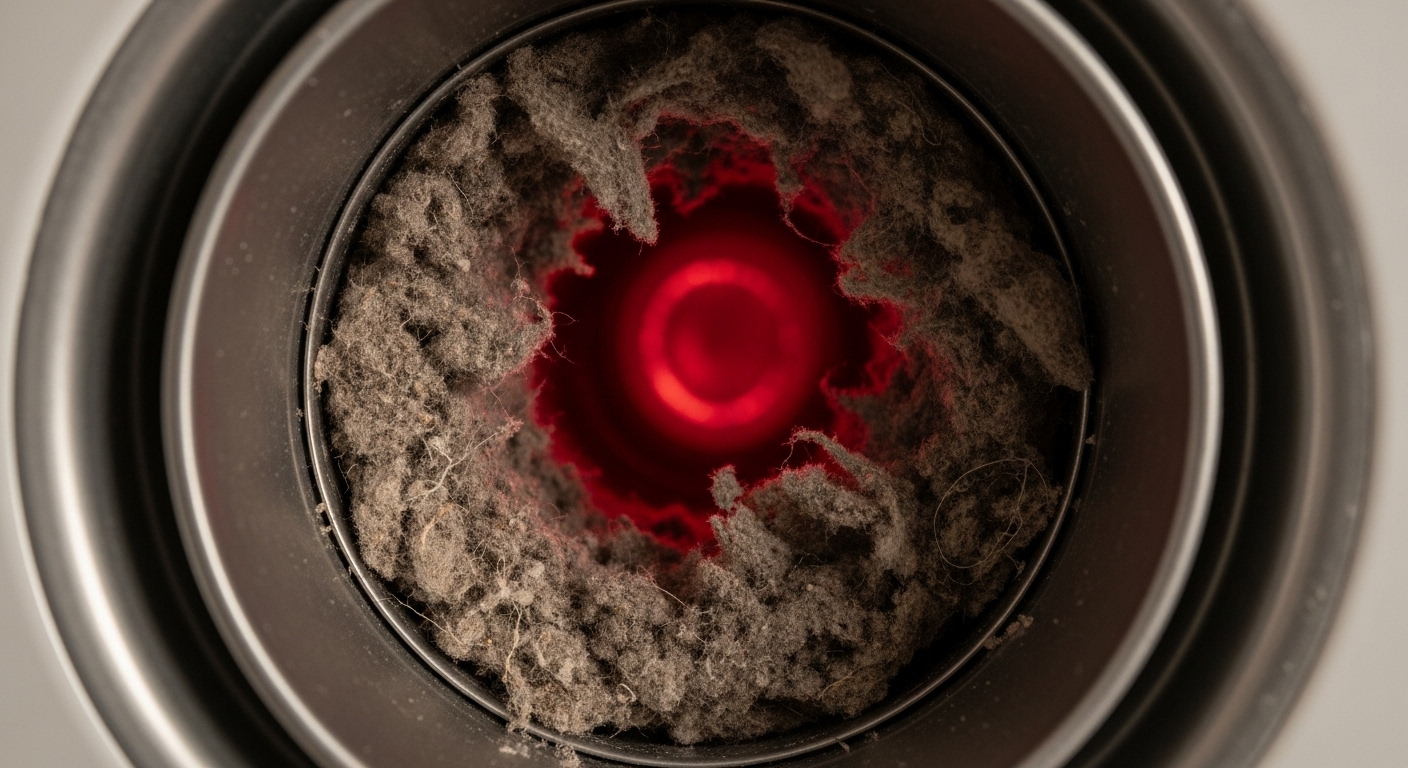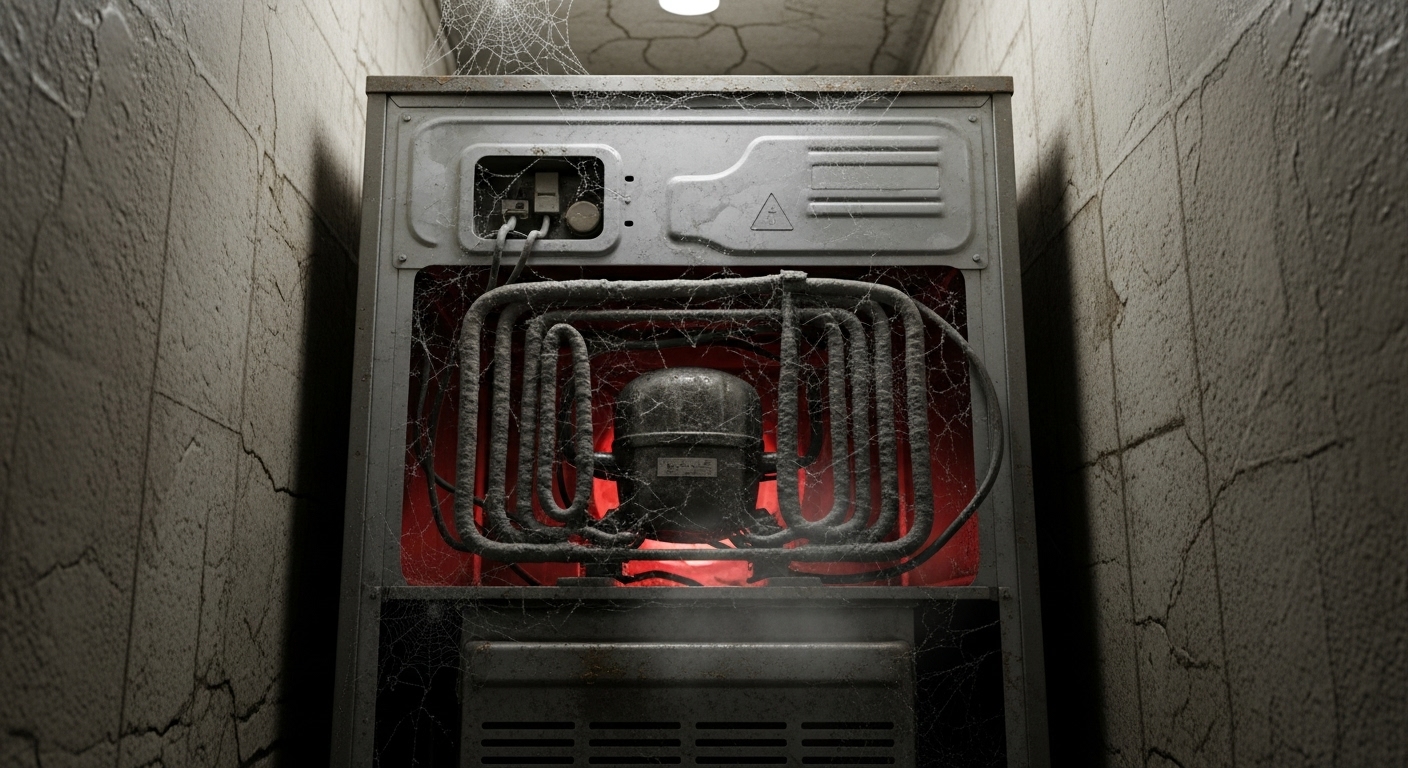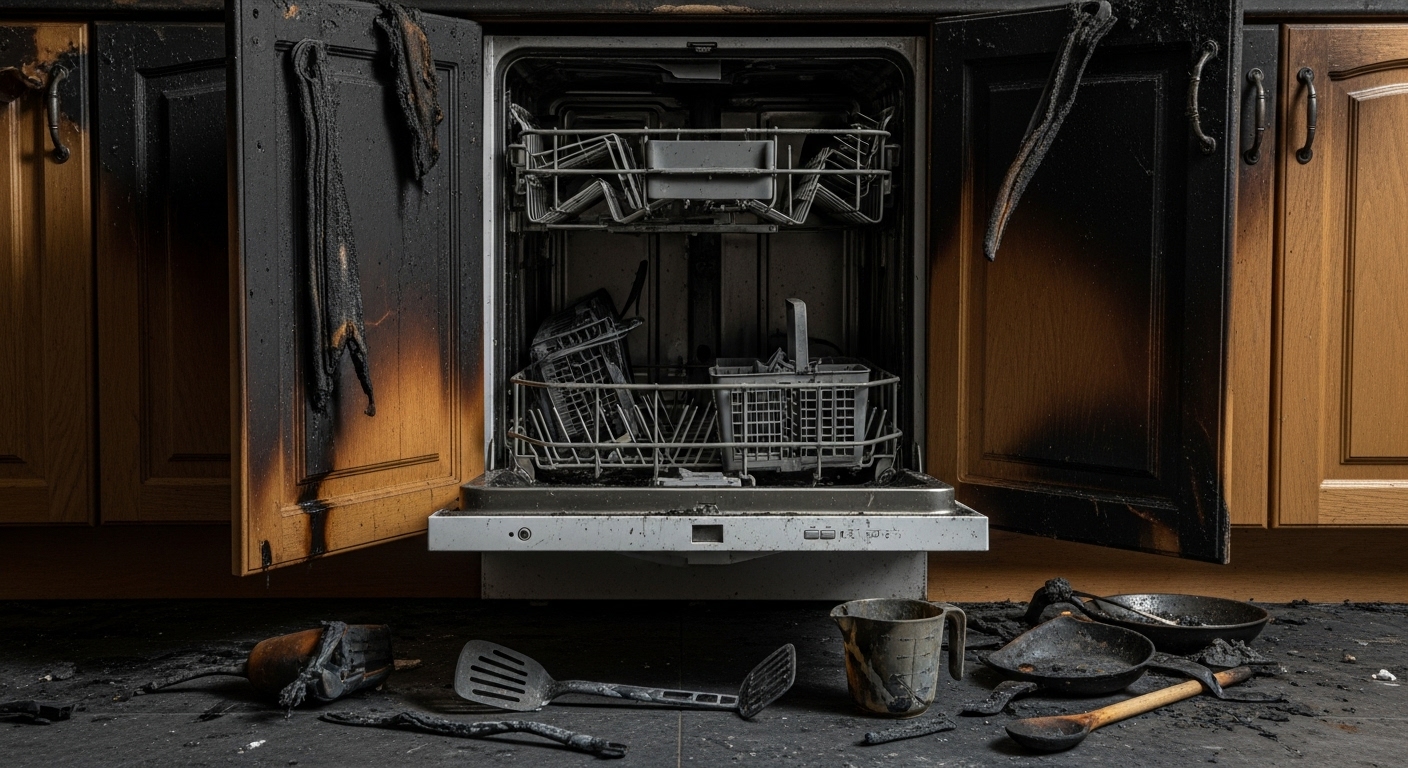Worried about potential appliance fire hazards lurking in your Coquitlam home? Every year, faulty appliances cause over 31,000 devastating house fires across North America, with many homeowners missing critical warning signs until it’s too late. Picture this: you’re settling in for a cozy evening when you catch a whiff of something burning. Your first instinct might be to check the stove, but what about that dryer you started an hour ago? Or the refrigerator that’s been running a little louder lately? The truth is, our most trusted household companions can become silent fire hazards when we least expect it. As a Coquitlam homeowner, you’re dealing with unique challenges – from coastal humidity affecting electrical components to the mix of older and newer homes creating varying risk levels. I learned this lesson the hard way when my neighbor’s seemingly innocent dishwasher sparked a kitchen fire that could have destroyed their entire home. What started as a small electrical malfunction turned into a $50,000 repair job, all because they ignored the subtle warning signs their appliance had been sending for weeks. The scary part? Most of us are making the same mistakes they did. Let’s dive into the hidden dangers lurking in your home and arm you with the knowledge to spot trouble before it strikes. From lint-clogged dryer vents to overheating refrigerator compressors, we’ll explore the seven most critical warning signs that could save your property and your life.
Key Outtakes:
- Dryer fires account for 92% of all laundry appliance fires, causing an average of $200 million in property damage annually, with electric dryers posing 2.5 times higher risk than gas models
- Cooking-related appliance malfunctions are the leading cause of house fires in Coquitlam, making kitchen appliance safety absolutely critical for local homeowners
- Refrigerators operate 24/7/365, creating continuous fire risk that many homeowners overlook, especially when compressors overheat in poorly ventilated spaces
- Professional maintenance and regular cleaning can prevent up to 80% of appliance-related fires, making prevention far more cost-effective than fire damage restoration
- Warning signs like unusual noises, burning smells, and overheating typically appear weeks before actual fires occur, giving homeowners time to take preventive action

The Dryer Fire Crisis: Your Laundry Room’s Hidden Time Bomb
Here’s a stat that’ll make you think twice about tossing in that next load: dryer-related fires cause approximately 15,500 house fires annually, resulting in 10 deaths, 310 injuries, and $84.4 million in property damage. What’s even more shocking is that most of these disasters are completely preventable with proper maintenance and awareness. The biggest culprit isn’t what you think. Sure, everyone knows to clean the lint trap, but 34% of dryer fires actually originate from failure to clean the exhaust vent system. That narrow ductwork running from your dryer to the outside becomes a perfect storm of heat, airflow restriction, and highly flammable lint accumulation. Think of it as kindling waiting for the perfect spark.  Electric dryers pose a particularly nasty surprise for homeowners. They’re 2.5 times more likely to cause fires than gas dryers due to higher heat discharge, which accelerates lint ignition. If you’re running an electric model, you’re essentially dealing with a more temperamental beast that demands extra attention and maintenance. Seasonal patterns reveal another crucial insight: dryer fires spike dramatically in January and occur most frequently during fall and winter months when usage increases. Coquitlam’s colder months mean more loads, longer drying times, and increased risk. It’s like a perfect storm of circumstances that turns your helpful appliance into a potential hazard. Here’s what most homeowner guides won’t tell you: professional vent cleaning should happen annually, with quarterly DIY maintenance for high-usage households. But don’t stop there – watch for warning signs like clothes taking longer to dry, your laundry room feeling hotter than usual, or that telltale burning smell during operation. These aren’t minor inconveniences; they’re your dryer’s way of screaming for help.
Electric dryers pose a particularly nasty surprise for homeowners. They’re 2.5 times more likely to cause fires than gas dryers due to higher heat discharge, which accelerates lint ignition. If you’re running an electric model, you’re essentially dealing with a more temperamental beast that demands extra attention and maintenance. Seasonal patterns reveal another crucial insight: dryer fires spike dramatically in January and occur most frequently during fall and winter months when usage increases. Coquitlam’s colder months mean more loads, longer drying times, and increased risk. It’s like a perfect storm of circumstances that turns your helpful appliance into a potential hazard. Here’s what most homeowner guides won’t tell you: professional vent cleaning should happen annually, with quarterly DIY maintenance for high-usage households. But don’t stop there – watch for warning signs like clothes taking longer to dry, your laundry room feeling hotter than usual, or that telltale burning smell during operation. These aren’t minor inconveniences; they’re your dryer’s way of screaming for help.
Refrigerator Fire Risk: The 24/7 Hidden Danger
Moving from the laundry room to the kitchen, let’s talk about an appliance fire risk that catches most homeowners completely off guard. Your refrigerator might seem like the safest appliance in your home, but the London Fire Brigade actually labeled refrigerators as “the most dangerous household appliance when involved in fire” back in 2013, and the reasons why will surprise you. Unlike other appliances that you use intermittently, your refrigerator operates continuously – 24 hours a day, 365 days a year. This constant operation creates a unique fire risk profile that most homeowners never consider. Every single day, electrical components are working, compressors are cycling, and internal systems are generating heat. It’s like having a small factory running in your kitchen that never takes a break. The construction of modern refrigerators adds another layer of concern. They contain significant amounts of flammable insulation materials and plastics that can fuel fires once they’re sparked by electrical malfunctions. When a refrigerator fire starts, it’s not just the electrical components burning – it’s the entire appliance becoming a source of toxic, fast-spreading flames. Compressor overheating presents a particularly dangerous scenario, especially in Coquitlam homes where humidity levels can affect appliance performance. Poor ventilation around your refrigerator causes the compressor to work harder, generating excessive heat that can ignite surrounding materials. This is especially problematic for mini-fridges placed in tight spaces like home offices or basements.  Water and electricity create a lethal combination in refrigerator fires. Even minor leaks that seep into electrical areas can trigger dangerous short circuits and arcing. Your refrigerator’s constant interaction with water (ice makers, defrost cycles, condensation) means there’s always potential for water-electrical component interaction that could spark a fire.
Water and electricity create a lethal combination in refrigerator fires. Even minor leaks that seep into electrical areas can trigger dangerous short circuits and arcing. Your refrigerator’s constant interaction with water (ice makers, defrost cycles, condensation) means there’s always potential for water-electrical component interaction that could spark a fire.
Dishwasher Electrical Hazards: When Water Meets Extreme Heat
The transition from refrigerator risks brings us to another water-handling appliance that poses unique fire hazards. Your dishwasher combines two of the most dangerous elements for appliance fires: water and extreme heat, creating scenarios that can catch even safety-conscious homeowners off guard. Modern dishwashers reach surprisingly dangerous temperatures during normal operation. Sanitize cycles heat water to 212°F, while the actual heating elements can approach 400°F – hot enough to ignite common kitchen materials if something goes wrong. These aren’t gentle warming temperatures; we’re talking about conditions hot enough to cause serious burns or ignite flammable debris.  Electrical system malfunctions rank among the leading causes of dishwasher fires, and the reasons are more complex than simple wiring issues. Digital control boards can malfunction and fail to regulate temperatures properly, or worse, bypass built-in safety measures. When these sophisticated systems fail, they can create runaway heating conditions that quickly spiral into dangerous territory. Water-electrical component interaction creates particularly hazardous scenarios in dishwashers. Unlike other appliances where water and electricity are kept separate, dishwashers intentionally bring them into close proximity. Minor leaks that seep into electrical areas don’t just cause malfunctions – they trigger short circuits, arcing, and potential ignition sources that can start fires instantly. Debris accumulation around heating components acts as an accelerant for dishwasher fires. Food particles, grease buildup, and even dish soap residue can accumulate near heating elements over time. When temperatures spike during malfunction conditions, this debris provides ready fuel for flames to spread quickly throughout the unit and into surrounding cabinetry. The enclosed nature of dishwasher installation makes these fires particularly dangerous. Most units are built into cabinetry with limited ventilation, meaning fires can smolder and spread to surrounding wood structures before being detected. By the time you smell smoke or see flames, the fire may have already compromised structural elements of your kitchen.
Electrical system malfunctions rank among the leading causes of dishwasher fires, and the reasons are more complex than simple wiring issues. Digital control boards can malfunction and fail to regulate temperatures properly, or worse, bypass built-in safety measures. When these sophisticated systems fail, they can create runaway heating conditions that quickly spiral into dangerous territory. Water-electrical component interaction creates particularly hazardous scenarios in dishwashers. Unlike other appliances where water and electricity are kept separate, dishwashers intentionally bring them into close proximity. Minor leaks that seep into electrical areas don’t just cause malfunctions – they trigger short circuits, arcing, and potential ignition sources that can start fires instantly. Debris accumulation around heating components acts as an accelerant for dishwasher fires. Food particles, grease buildup, and even dish soap residue can accumulate near heating elements over time. When temperatures spike during malfunction conditions, this debris provides ready fuel for flames to spread quickly throughout the unit and into surrounding cabinetry. The enclosed nature of dishwasher installation makes these fires particularly dangerous. Most units are built into cabinetry with limited ventilation, meaning fires can smolder and spread to surrounding wood structures before being detected. By the time you smell smoke or see flames, the fire may have already compromised structural elements of your kitchen.
Warning Signs Your Appliances Are Overheating
Understanding the technical risks is one thing, but recognizing the early warning signs that your appliances are heading toward dangerous territory is what will actually keep your family safe. These red flags often appear weeks before actual fires occur, giving you precious time to take
